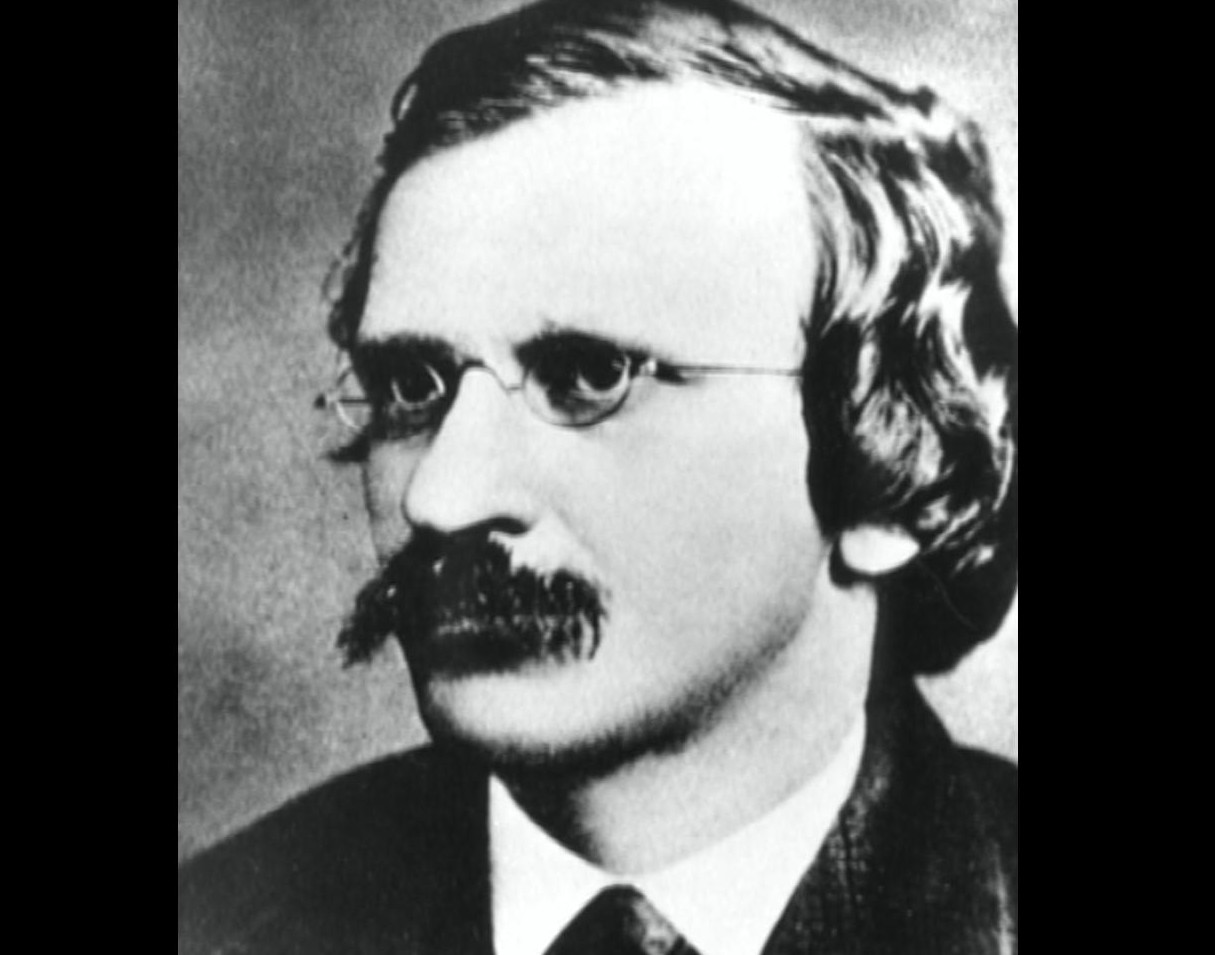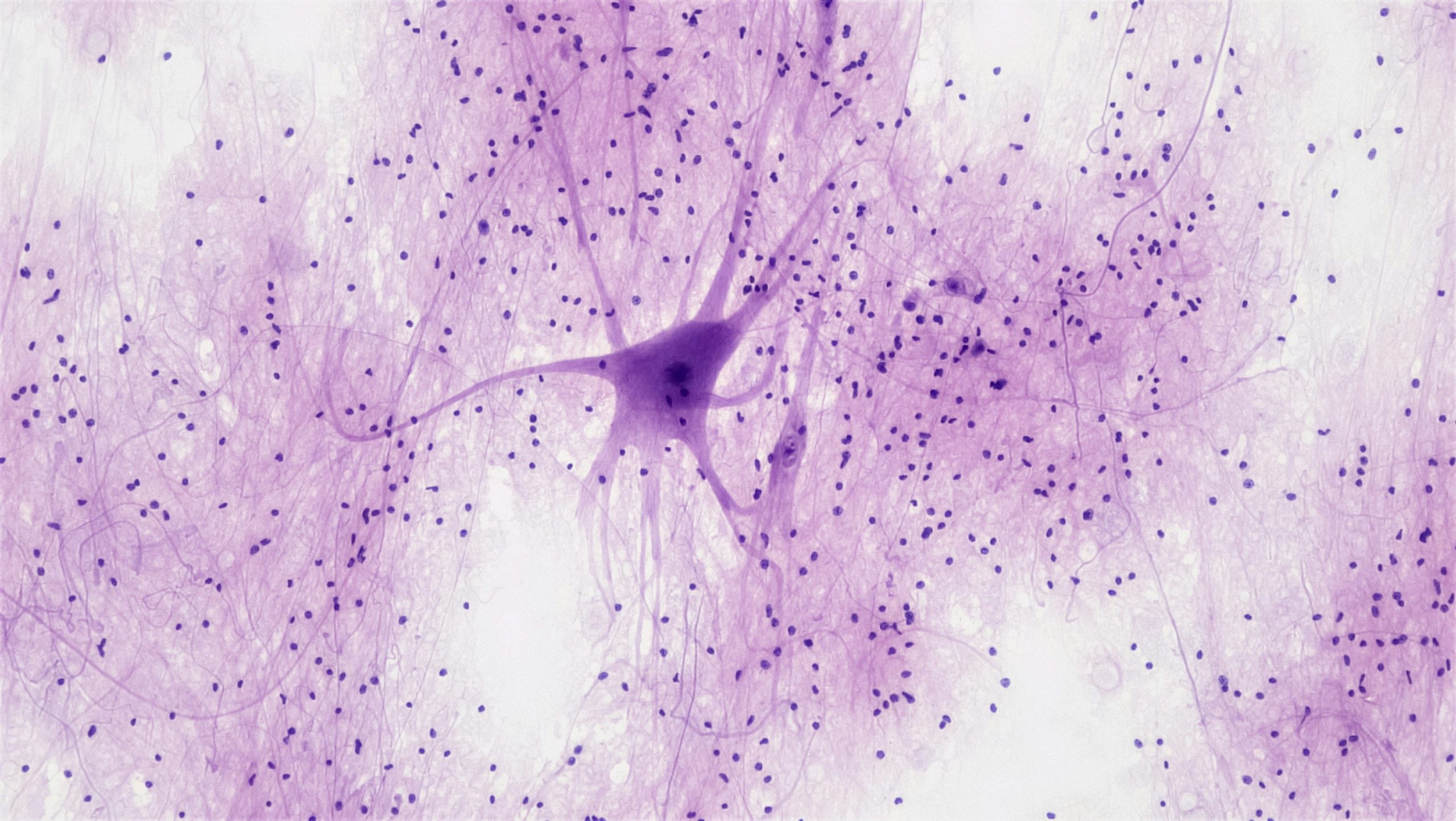by Kitty Joyce, Year 12, Oxford High School, Oxfordshire
It is an insignificant day in 1869, and Edward Morley, aged 31, arrives at Western Reserve College to begin teaching. His mission is simple: to instruct the students in experimental technique. However, upon arriving, this seems impossible. The laboratory contains only a lamp, a slide rule, and some mismatched glassware.
Another man might hesitate, but not Morley. Undaunted, he sets up the lab almost from scratch. He then spends 38 years battling the frustratingly narrow curriculum, in order to give his students a sufficient practical education.
If you haven’t heard of Edward Morley, don’t worry – you’re not alone. He was never well-known, and his reputation has diminished over time. Yet there is more to his story, and without him, our beliefs about the universe might be very different.
Like many scientists (including Newton and Einstein), Morley adored science from childhood. Being home-educated, he struggled to pursue it; he taught himself from textbooks and spent his pocket money on experiments. While, later, he also studied theology, chemistry was his greatest passion.
Morley spent most of his career teaching. His students remembered him as a fine instructor: modest, diligent, and able to spark enthusiasm on any subject.
The names of educators are rarely remembered; it was Morley’s research that earned his place in the history books. Arguably his greatest achievement was finding the relative atomic mass of oxygen. After 11 years of hard work, his final value of 15.879 was startlingly accurate.
Despite Morley’s distinguished career in chemistry, he remains notorious for the Michelson-Morley experiment. This may be the most well-known ‘failed’ experiment in history: an attempt to find evidence for the luminiferous ether.
This ether was the hypothetical medium through which light waves propagated. If sound waves moved through air, then surely, scientists thought, light must also travel though some medium?
Around 1887, physicist A.A. Michelson resolved to discover the ether. He constructed a ‘Michelson interferometer’, which uses a half-reflective mirror to create two perpendicular beams of light; each beam bounces off a mirror, and they travel together to a detector. If the Earth moves relative to the ether, the beams of light should arrive at the detector at different times, causing interference.
Although the experiment was Michelson’s brainchild, experimental technique is as important as creativity. Morley’s reputation for thoroughness preceded him, so Michelson enlisted him to make their results as accurate as possible. And accurate they were. The men carried out numerous tests, and each result was the same: null. Any interference measured was negligible.
Readers familiar with scientific history may see parallels with other experiments; a similar disparity emerged in Rutherford’s gold foil experiment 30 years later, leading to the nuclear model of the atom. Rutherford made his assumptions based on the incorrect ‘plum pudding’ model, according to which his results resembled a bullet bouncing off tissue.
So why is the Michelson-Morley experiment regarded as a failure, and Rutherford’s experiment a success? It’s due to what the scientists did afterwards. Rutherford used his findings to formulate a revolutionary theory, while neither Michelson nor Morley stopped believing in the ether.
Perhaps this means Morley isn’t a hero. However, we shouldn’t judge the Michelson-Morley experiment so hastily, as it allowed other scientists to discard the idea of the ether. Historians suspect the experiment helped inform Einstein’s proposal that the speed of light is a constant, a vital component of his theory of special relativity.
Arthur Conan Doyle once wrote that “some people without possessing genius have a remarkable power of stimulating it.” Morley encapsulates this idea perfectly. He was not famous while alive; the public was oblivious to him. And yet, his mistakes led others to remarkable ideas.
Morley is a model for a rare breed of scientist: one who makes errors, then steps back and lets others use them. Still, when we look at his work, one wonders if we ought to examine current theories and boldly question them where Morley did not. Dark matter, string theory, proposed quantum particles… is it possible that, like the luminiferous ether, these should be discarded? Because if there is one lesson to learn from Edward Morley, it is this: an unexpected result is not a failure, unless nobody learns from your mistakes.





